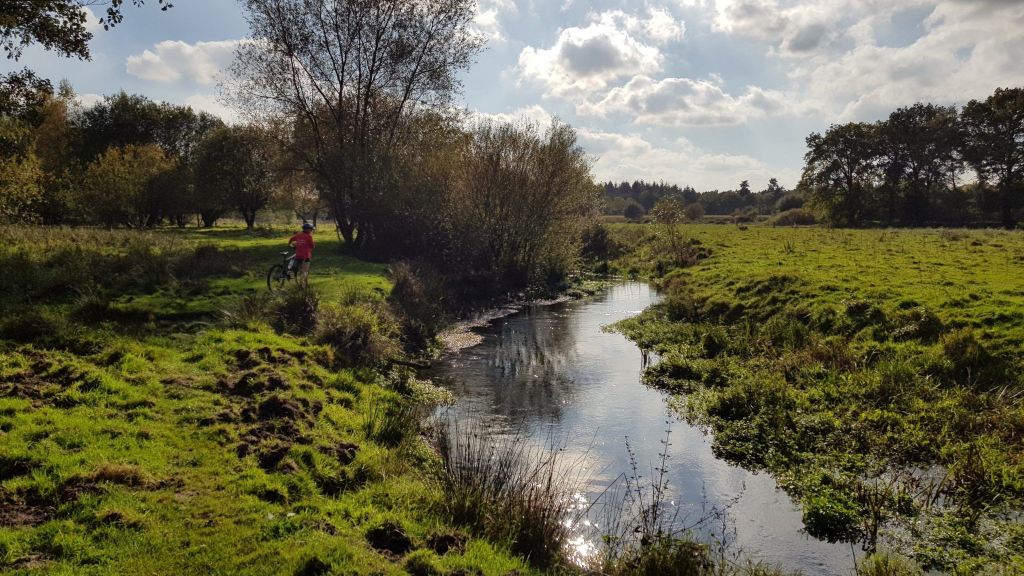
In a weekly column, alternately written by Lucien Engelen, Mary Fiers, Maarten Steinbuch, Carlo van de Weijer, and Tessie Hartjes, E52 tries to find out what the future will look like. All five contributors – sometimes accompanied by guest bloggers – are working on solving the problems of our time. Everything to make Tomorrow Good. This Sunday, it‘s Mary Fiers’ turn. Here are all the previously published columns.
“Thinking of Holland, I see broad rivers slowly passing through infinite lowlands”, Hendrik Marsman wrote in his closing words from his ode to the Dutch landscape. Over the past few weeks, broad rivers indeed went through the delta landscape because of the high water.
Perhaps you didn’t notice? High and dry in the Eindhoven region this may not be strange, but the lower parts of the Netherlands life also continued undisturbed. As if nothing was wrong. And that is, almost secretly, an enormous achievement. Thanks to our water engineers, the water delta of the Netherlands is prepared for this kind of enormous amounts of water from the hinterland. The Meuse receives its extra water from precipitation in the Belgian Ardennes and northern France. The Rhine gets it from meltwater from the mountain regions in Switzerland and southern Germany. It is then a matter of (limited) time before the water wave reaches our country.
Actually, the approach of this water wave is very simple. Previously, the emphasis was on constantly reinforcing and raising dikes. Insight has changed. No more fighting against the water, but moving with it. At high tide rivers literally get more space. The floodplains are then submerged by ingenious water management. It’s about millions and millions of liters of water. And also about a lot of money to make this possible. No less than €2.2 billion was allocated to the national Space for the River programme.
Sounds simple. But it is not because the Netherlands is a small country. There is a constant struggle for the use of scarce space. Agriculture, housing, industry, mobility, water, and nature all demand a part of this space.
In our own region, on the slightly higher sandy soils, we are facing a similar spatial challenge. Not so much because of the water from the hinterland, but because of the changing climate. Here too, the dry and wet periods are becoming increasingly severe. This requires space for climate buffers. The valleys of the Dommel, Aa, Beerze, Keersop, and Run can become ideal climate buffers. How? By designing the stream valleys in such a way that they slowly dissipate water in dry periods and have space to collect a lot of water in wet periods.
First of all, this requires a shared picture of a new, future-proof, Brabant. A new version of Marsman is perhaps a good start?
“Thinking of Brabant, I see wide meandering creek valleys, slowly going through the sandy soils!”








